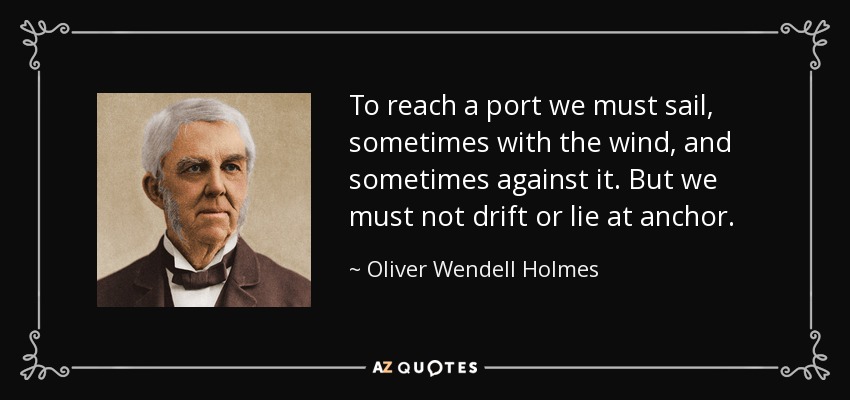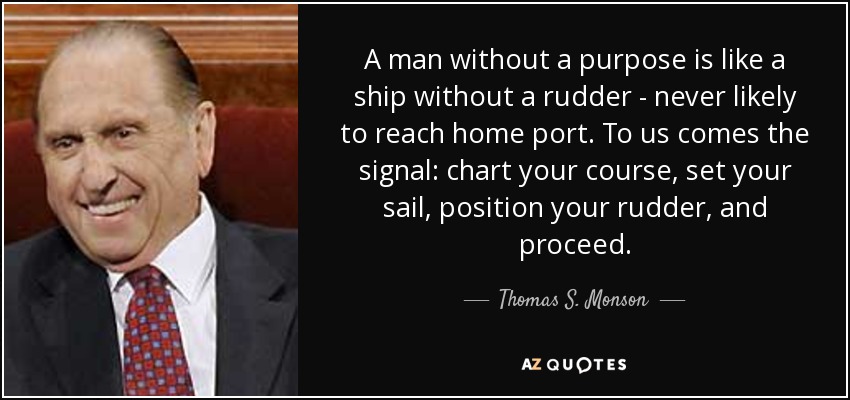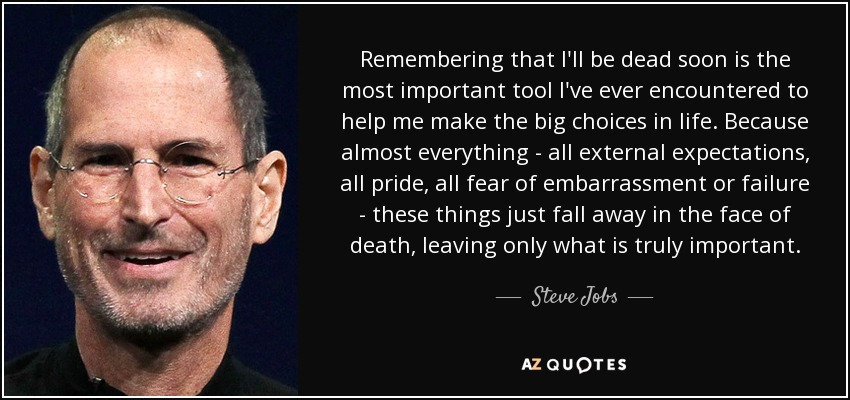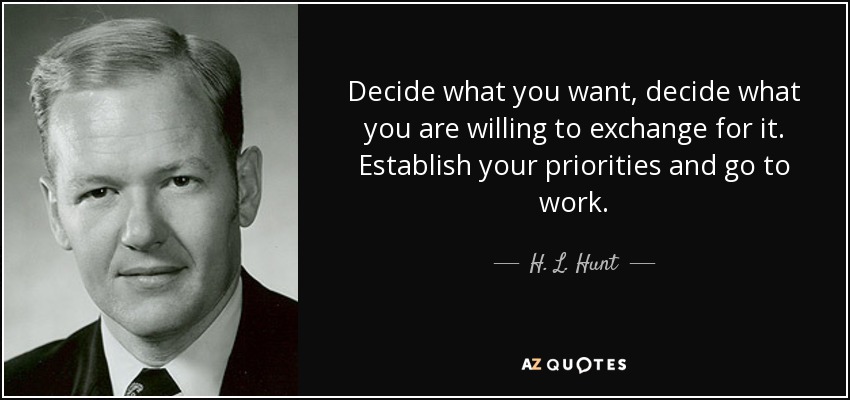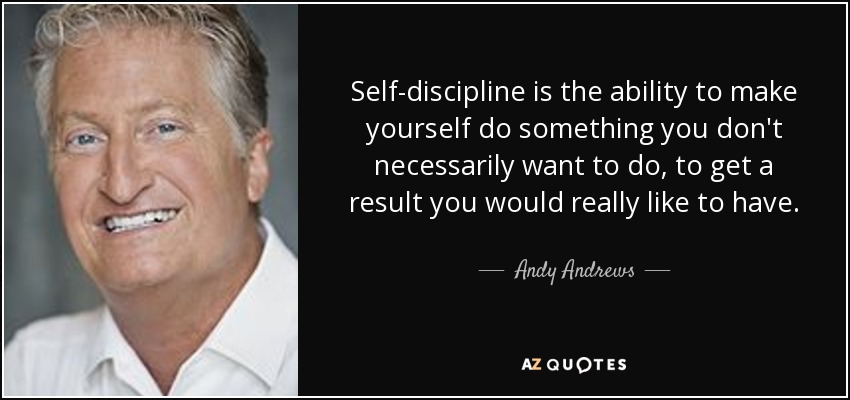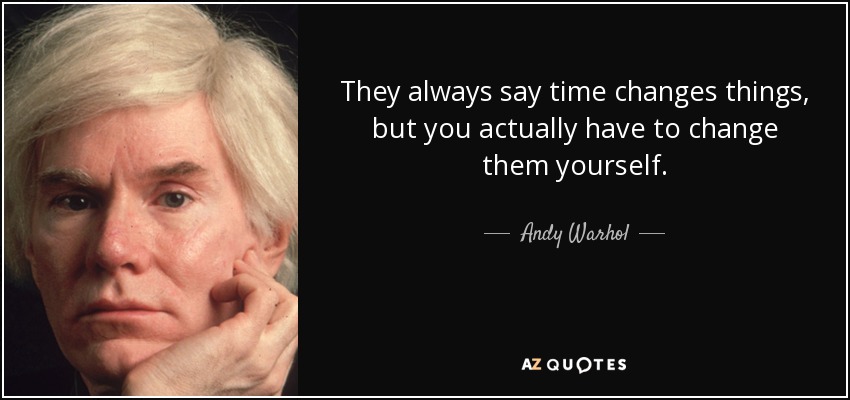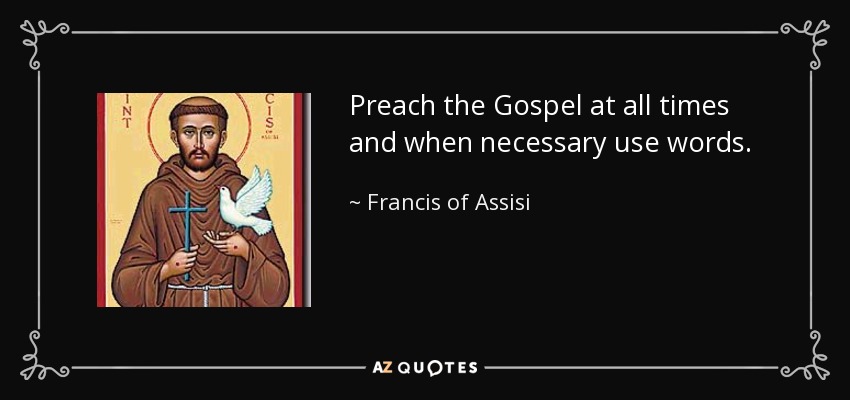Click here to return to Blog Post Intro
An App for Your Life
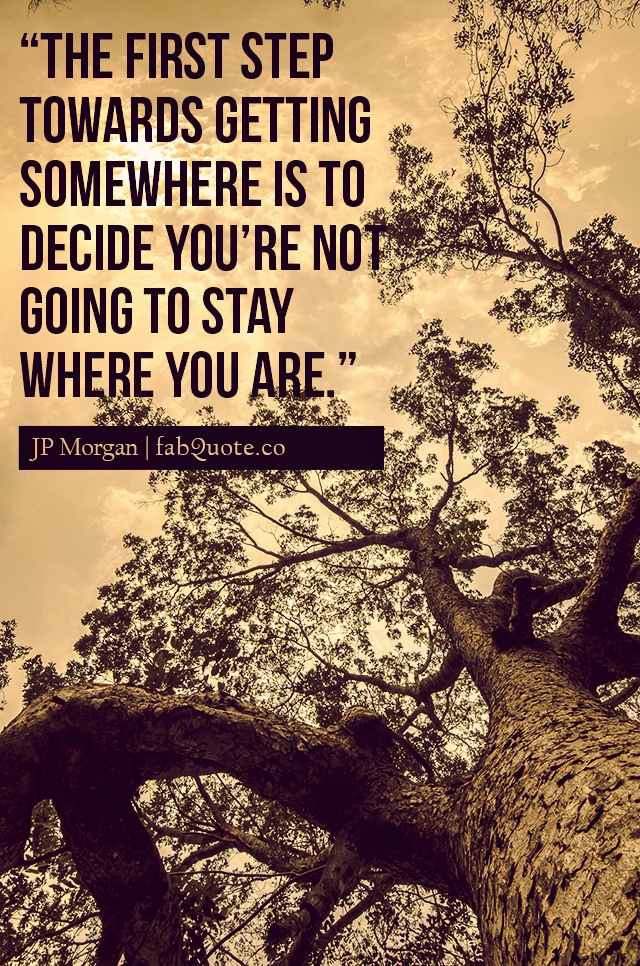
A Life Plan is the app you need to stay on the path to the life you desire.
Michael Hyatt explains, “While I had a plan for my career, I didn’t have one for my life. If something didn’t change, I was going to burn out, break down, or worse. On the recommendation of a friend, I hired Daniel as my executive coach. ‘Life doesn’t have to be this way,’ he encouraged me. It could be lived with purpose and balance. To show how, Daniel helped me create a Life Plan. It was the first time I had ever systematically thought about what outcomes I wanted to see in the major areas of my life outside work.”
Living Forward will position you to make the most significant contribution in this world that you can and add the most value to those around you.
Acknowledge the Drift
Drifting usually happens when we are:
- Unaware
- Distracted
- Overwhelmed. Sometimes we take on more than we should. Sometimes we are given more than we think we can bear. Regardless, we feel swamped.
- Deceived
Drifting can have serious consequences, not only for you, but for those you love and those counting on you. Among them are:
- Confusion
- Expense. Drifting through life can also be enormously expensive, both in terms of money and—more importantly—time.
- Lost opportunity. Unless we have a destination in mind, it’s tough to separate the opportunities from the distractions. Will this situation move me closer to my goal or further away?
- Pain. While some pain in life is unavoidable, we bring much of it on ourselves. Without a plan for our health, whether physical, mental, or spiritual, we can end up sick, without energy, stuck in the doldrums, or . . . dead! Without a plan for our career, we can end up unfulfilled, stalled, or unemployed. Without a plan for our marriage, we can end up miserable, separated, or divorced. Without a plan for our parenting, we can end up with estranged relationships, damaged kids, and real regrets.
- Regrets.
Life Planning is the exact opposite of the drift. The drift is about passivity. Life Planning is about proactivity. The drift is about blaming our circumstances or other people. Life Planning is about taking responsibility. The drift is about living without a plan. Life Planning is about having a plan and working it.
To get started:
- Become aware of your current location. Fully acknowledging your current reality in every area of your life is critical to going in a better direction.
- Decide where you want to go. The essence of Life Planning is envisioning a better future.
- Start working toward your destination. When you have a plan, every day becomes an opportunity to move toward your destination.
Understand the Mission
Benjamin Franklin was the first Life Planner, drafting a plan for self-improvement around 1730 while in his late twenties.
A Life Plan is a short document, usually eight to fifteen pages long, created by you and for you. It describes how you want to be remembered. It articulates your personal priorities. It provides the specific actions necessary to take you from where you are to where you want to be in every major area of your life. It is most of all a living document that you will tweak and adjust as necessary for the rest of your life.
When we are gone, the only essential thing we will leave behind are the memories we create in the lives of those we have touched and those we love. The cool thing is that we have the opportunity to engineer those now.
Ask yourself the following questions:
- How do I want to be remembered? In planning anything, the best place to begin is at the end. What outcome do you want? How do you want the story to end?
- What matters most?
- How can I get from here to where I want to be?
Appreciate the Benefits
Most people spend more time planning a one-week vacation than identifying what outcomes they want to see in the major areas of their lives.
Self-leadership always precedes team leadership, and the Life Plan can be one of the most powerful tools to help you best lead yourself. There are at least six benefits to doing so.
- Clarifying Priorities: A Life Plan will enable you to set your priorities and understand how they work together—and when they don’t.
- Maintaining Balance: Many people find themselves in similar circumstances. Some, for example, sacrifice their health for their overloaded schedule. They’re too busy to exercise regularly. They choose fast food for fast times, put on weight, and race toward a major health crisis. Others sacrifice their marriage and kids for their career, hobbies, or volunteer work. This doesn’t happen all at once, of course. It’s incremental. We fool ourselves if we think balance means giving equal attention to everything in our lives. Balance is giving not equal but appropriate attention to each of the various categories of your life. Self-leadership always precedes team leadership. We must have a balanced approach to accumulating net worth in all of the critical accounts in our lives, not just one or two.
- Filtering Opportunities: As you progress through life—and if you are good at what you do—opportunities multiply. There are so many really good opportunities in which you can invest your time. Then there’s your family. The opportunities and activities multiply exponentially. Your kids are as busy as you are.
- Facing Reality: You can’t get where you want to go unless you start with where you are. So much of pop culture tells us that our circumstances are someone else’s fault. The truth is, you can’t improve what you won’t face and own.
- Envisioning the Future: Keeping your eye on the future is essential for making the most of today. You need to acknowledge where you are, but you also need to see clearly where you are going. How we live and lead is directly connected to what we see. What’s important is that the future be enticing enough to stay focused. Pull power is essential to reach our goals. You need to see a future with such clarity and desirability that you will go through all the uncomfortable things life throws at you to attain it. So many of us have settled for what is, rather than what could be. We have convinced ourselves that things will never change.
- Avoiding Regrets: While you can’t control everything, you can control more than you think, and you can live your life with a plan that will dramatically improve your chances of ending up at a destination you choose. You can end up with no regrets. People lose their way when they lose their why. Sorry, we’re unable to display this type of content.
Design Your Legacy
Most of us are so caught up in our moment-to-moment activities, we don’t stop to ask ourselves, Where is this all going? How is it going to end if I stick to this same path?
Psalm 90:12 says, “Teach us to number our days, that we may gain a heart of wisdom.”
Consider writing out your eulogy as if it were being read today. It is a powerful exercise that helps people prepare for the process of creating a meaningful and powerful Life Plan. Our legacy comprises the spiritual, intellectual, relational, vocational, and social capital we pass on.
Truth is, everyone is in the process of creating—and leaving—a legacy. The question is not “Will you leave a legacy?” but “What kind of legacy will you leave?”
Creating your Legacy Statements—will give you the clarity you need to reach your desired destination. Here’s how to craft them:
- Identify your key relationships. Who matters most in your life? Here are some possibilities: God Spouse Children and/or stepchildren Parents Siblings Colleagues Clients and teammates Friends Those you have mentored Community/church/synagogue members
- Describe how you want to be remembered by each group.
- Make your Legacy Statements as compelling as you can. Remember, if your Life Plan will be compelling enough to shape your future, it must engage your mind and your heart.
Determine Your Priorities
The people who live and lead with the most joy and contentment are those who have clarity about their priorities. They know what they do best and fill their days with more of those activities. If you can delegate, delay, or drop it, it may not be a priority for you.
Start by thinking of all the various compartments that make up your life.
- The Circle of Being: The innermost ring is a collection of activities focused solely on you in relation to yourself. It includes your spiritual, intellectual, and physical accounts.
- The Circle of Relating. The second ring is a collection of activities centered on you in relation to others: your marital, parental, and social accounts (e.g., friendships, church or synagogue, book club, and so on).
- The Circle of Doing. The third ring is a collection of activities dealing with you in relation to your output: your vocation (job), avocation (hobbies), and financial accounts.
Note that your Life Accounts will change over time. Your Life Plan is “a living document that you will tweak and adjust as necessary for the rest of your life.”
Each Life Account has a specific balance. Some are growing, some are holding steady, some are declining or are overdrawn. The point is, your life is a collection of accounts and each of them requires the right attention.
The Life Assessment Profile is an online tool designed to help you determine if each of your Life Accounts is getting what it needs (you can find it at LivingForwardBook.com).
People have a positive account balance when they experience both passion and progress. Passion relates to your enthusiasm for a specific Life Account. Progress relates to the results you are getting in a specific Life Account.
For each Life Account, you will be in one of four states:
- This is the state of no passion and no progress.
- This is the state of having passion but not experiencing progress. You need to focus on implementing a new strategy, acquiring new skills, or doing something that sparks the progress you want.
- This is the state of experiencing progress without passion. You are moving forward, but you don’t really care. Your heart isn’t in it.
- This is the state of experiencing both passion and progress. It is the best possible state you can be in with one of your Life Accounts.
Having priorities is essential. So is having them in the right order. It’s time to take your list of Life Accounts and arrange them in priority order from most important to least important.
The only Life Accounts we would recommend that you put near the top of your list are those related to yourself. You can’t take care of anyone else unless you first take care of yourself.
We have to attend to ourselves first (second only to God for us) in order to be spiritually, emotionally, intellectually, and physically available to others. If you have trouble with the semantics of putting yourself first, think of it as preparation to serve others.
Chart the Course
“Would you tell me, please, which way I ought to go from here?” “That depends a good deal on where you want to get to,” said the Cat. “I don’t much care where—” said Alice. “Then it doesn’t matter which way you go,” said the Cat. —Lewis Carroll, Alice in Wonderland
Write a vision that is both clear and compelling. When we have clarity on our destination and are grounded in our current reality, we are equipped to make the best decisions possible.
Break each Life Account down into five sections:
- Purpose Statement
- Envisioned Future: This is where you describe how the account looks when you have a “positive net worth.” Employ all five senses. As you begin to envision the future, the more concrete you can be, the better. You need to see, hear, smell, taste, and feel it. Use the present tense. To make your newly envisioned future as real and compelling as possible, describe it in the present tense as though you were standing in the midst of it. Fantasizing about the future doesn’t do much good by itself, but when presented with a clear and compelling picture, our minds get busy trying to make it a reality.
- Inspiring Quote: Search for a quote that resonates with the core of your future purpose. For my Health Account, I used this Joyce Meyer line, “I believe that the greatest gift you can give your family and the world is a healthy you.” Proverbs for my Self-Improvement account: Make your ear attentive to wisdom, Incline your heart to understanding.
- Current Reality: Now it’s time to be honest with yourself. Where are you in relationship to your envisioned future? Don’t pull any punches.
- Specific Commitments: This is where you commit to specific actions to move from your current reality to your envisioned future. You can do almost anything if you are willing to clarify your commitments and make incremental investments over time to achieve them. Little daily decisions and course corrections are the story of our lives—that’s why they matter.
Dedicate One Day
Jim Rohn’s “law of diminishing intent” says that the longer you delay doing something, the less probability you have of actually doing it. You lose all the emotional energy. That’s why you should schedule a day within the next two weeks to create your Life Plan.
The day you create your first Life Plan will affect not only your life but possibly the lives of generations that follow. You will unleash a set of decisions and actions that will have a greater impact than you could possibly imagine.
Hyatt and Harkavy explain, “After guiding thousands of people through this process, the best course is not a series of weekly appointments, or even two half days. It takes one full day to do it right.” They say, “Get off your but.” But I’m too busy. Truth is, people make time for what is important to them. The real question is whether or not you think Life Planning is important. The busier you are, the more intentional you must be. Here’s the reality: Anything worthwhile is opposed.
Take these five actions:
- Block time on your calendar. Create a “Planning Retreat” appointment in your calendar and treat it like an important commitment—it is!
- Decide where to go. It is essential that you get away from familiar surroundings.
- Take the necessary supplies. Use the templates for Microsoft Word and iWork Pages available at LivingForwardBook.com. Go with whatever you find most natural.
- Determine to be offline. No phone, internet, apps—nothing, except whatever you’re using to draft your Life Plan.
- Enroll your family and colleagues.
Consciously shift your attitude and cultivate a spirit of gratitude, anticipation, and openness. Gratitude is where every positive attitude starts. Be thankful for everything you can possibly think of—your health, family, job, friends, community, whatever.
Cultivate openness. This will mean different things to different people. Generally, you should approach this day without assumptions. By the day’s end, you want at least a first draft of each of the three major sections that make up the Life Plan.
Thousands of people have used this process and finished the day with a completed Life Plan. Don’t worry about getting it perfect. Perfectionism is the mother of procrastination. If you expect perfection, you will never finish.
Keep a separate pad of paper for stray ideas—a parking lot for all those random things you might want to return to later but which will derail you now.
Implement Your Plan
As Mike Roach says, “Strategy without execution is hallucination!”
What we desperately need is margin (see Dr. Richard Swenson’s Book)—time to breathe, to reflect, to act.
How does the lack of margin make you feel? Anxious? Frustrated? Overwhelmed? Conversely, how does margin make you feel? Relaxed? Focused? Present? If you are to be successful with your Life Plan, you must create more margin so you have room for what’s important, not merely urgent.
Follow this advice:
- Triage Your Calendar: Triage is a military term. In a battle zone, medics must decide where to apply their limited resources. They can’t help everyone. With regard to your calendar, triage means you must know which things you can safely cancel or reschedule, and which ones demand your participation. Eliminate the nonessentials. Sometimes we make commitments that seem important when we schedule them.
- Schedule Your Priorities: If life is a juggling act, the important skill is knowing which balls are rubber and which are crystal. Consider these two tools:
- Your Ideal Week—the week you would live if you could control 100 percent of what happens—is divided into a simple grid. Each day has a theme. In addition, each day is segmented according to a specific focus area. Map out your own Ideal Week. You can either download an Excel spreadsheet at LivingForwardBook.com/ideal-week or start from scratch.
- Annual Time Block—this enables you to plan your life three years in advance. If you don’t have a plan for your life, someone else does. The key is balance. Make sure you schedule time for the things that are important to you.
- Learn to Say No with Grace: In his bestselling book, The Power of a Positive No: How to Say No and Still Get to Yes, Harvard professor William Ury offers three responses to someone who asks us to do something we don’t want to do:
- Accommodation: We say yes when we want to say no.
- Attack: We say no poorly. This is a result of valuing our own interests above the importance of the relationship.
- Avoidance: We say nothing at all. Because we are afraid of offending the other party, we avoid the situation, hoping the problem will go away. It rarely does.
- Ury suggests a fourth strategy that he names a “positive no.” This simple strategy employs a “Yes-No-Yes” formula.
- Yes: A positive no begins by saying yes to yourself and protecting what is important to you.
- No: It then continues with a matter-of-fact no that sets clear boundaries.
- Yes: A positive no ends with a yes that affirms the relationship and offers another solution to the person’s request. “You have to say no to some things if you are truly prioritizing your marriage and your family,” said a Chick-fil-A executive. And he’s right. You’re saying no to one thing so you can say yes to something else. Your time is a zero-sum game. When you say yes to one thing, you are simultaneously saying no to something else.
Keep It Alive
Start by reading your plan daily in the morning for the first ninety days. You should also read it out loud. The idea is to lock each aspect of your plan into your heart and mind and to avoid this exercise from becoming rote.
Review your plan weekly. After the first ninety days, the next way to keep your plan alive is to practice what some have called “The Weekly Review.” No one has written more compellingly about the importance of the Weekly Review than productivity expert David Allen. In his book Getting Things Done, he writes that it builds in some capturing, reevaluation, and reprocessing time to keep you in balance. There is simply no way to do this necessary regrouping while you’re trying to get everyday work done. Take fifteen to thirty minutes for your Weekly Review—but it could go longer if necessary.
A Quarterly Review is a great way to ensure you stay on track. If possible, try to leave the office or your workday environment for your Quarterly Review. You want to get away from phones, drop-in visitors, and the hustle and bustle of office life.
- Review your Life Plan. We encourage you to read through your plan one time without editing. Then begin the revision process.
- Write goals for the upcoming quarter. Then take the review of your Life Plan and translate it into specific, ninety-day goals or objectives.
Revise your plan yearly. The Weekly Review is essential. The Quarterly Review is helpful. But if you really want to keep your Life Plan alive, an Annual Review is critical. This is a time to take an extended look at your plan, evaluate what you have accomplished over the past year, and determine where you want to go in the next.
Join a Revolution
Here’s the reality: Your personal life is a myth. There is no such thing as a compartmentalized life. Every area, space, category, and set of relationships is interrelated. You are a seamless whole.
Leaders who build cultures and organizations that make the greatest difference are highly self-aware and well rounded; they invest time into several accounts and live lives that are attractive to those they serve and lead. Our teams are watching us. They set their levels of trust and engagement based on what they see in our lives. How we leaders live matters.
What’s true for you is true for your team members. They can’t compartmentalize their lives either. Helping employees do Life Planning ensures they are productive at work. Dr. Melanie Lankau of Wake Forest University assessed the impact of coaching. One of the key findings of her research is that “Life Satisfaction is positively correlated with job satisfaction and all performance measures.” Said another way, those who feel satisfied with their personal lives are more satisfied with their careers and perform better. Therefore, helping employees do Life Planning empowers them to be engaged on the job.
Conclusion
Here’s a road map for Living Forward:
- Acknowledge the Drift. Few people plan their lives and usually “drift,” arriving at destinations they don’t consciously choose.
- Understand the Mission. Remember the three powerful questions you can use to organize your plan—and your life:
- How do I want to be remembered? How do you want the story to end?
- What matters most?
- How can I get from here to where I want to be?
- Appreciate the Benefits. Remember the six major benefits of creating your Life Plan
- Clarifying Priorities
- Maintaining Balance
- Filtering Opportunities
- Facing Reality
- Envisioning the Future
- Avoiding Regrets
- Design Your Legacy. Fast-forward to the end of your life and ask this question: “What will family, friends, and colleagues say when I am dead?”
- Determine Your Priorities. Identify your various “Life Accounts,” and understand your passion and progress in nine major domains of life.
- Chart the Course. Once you have determined your priorities, create an “Action Plan” for each account. Create a purpose statement, describe your envisioned future, determine your current reality, and craft specific commitments.
- Dedicate One Day. Now—and not later—is the time to create your Life Plan. Schedule a full day to get it done.
- Implement Your Plan. This is where the rubber meets the road. The key is margin—the time and energy to adopt new practices and achieve your results. Consider strategies for creating the margin you need to make the progress you want.
- Keep It Alive. A Life Plan is worthless unless you review it on a regular basis. Consider a pattern of regular review—weekly, quarterly, and yearly.
- Join the Revolution. Encourage your employees and team members to develop Life Plans.
May your Life Plan help you Live Forward, as you shoot for the stars!

